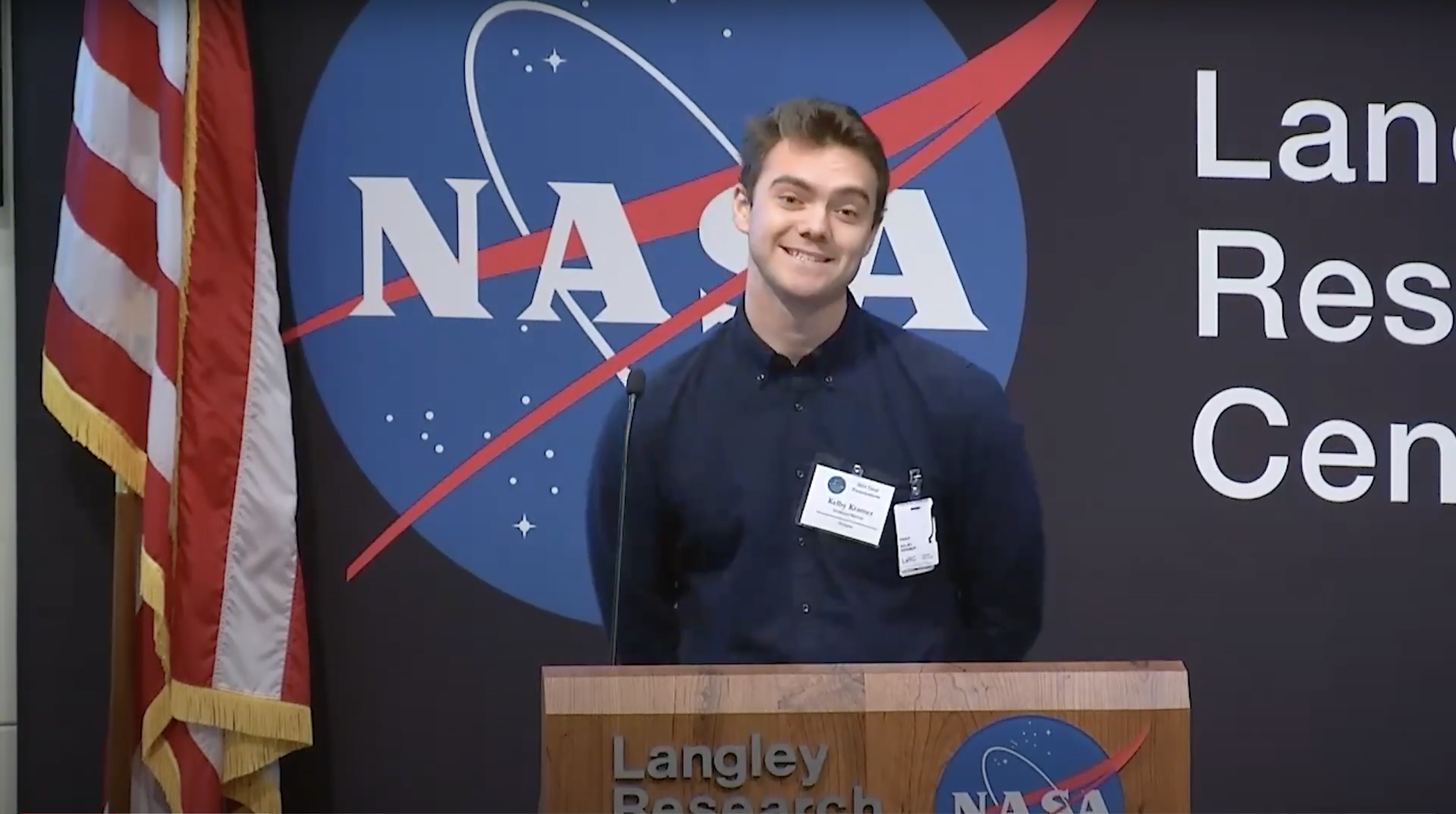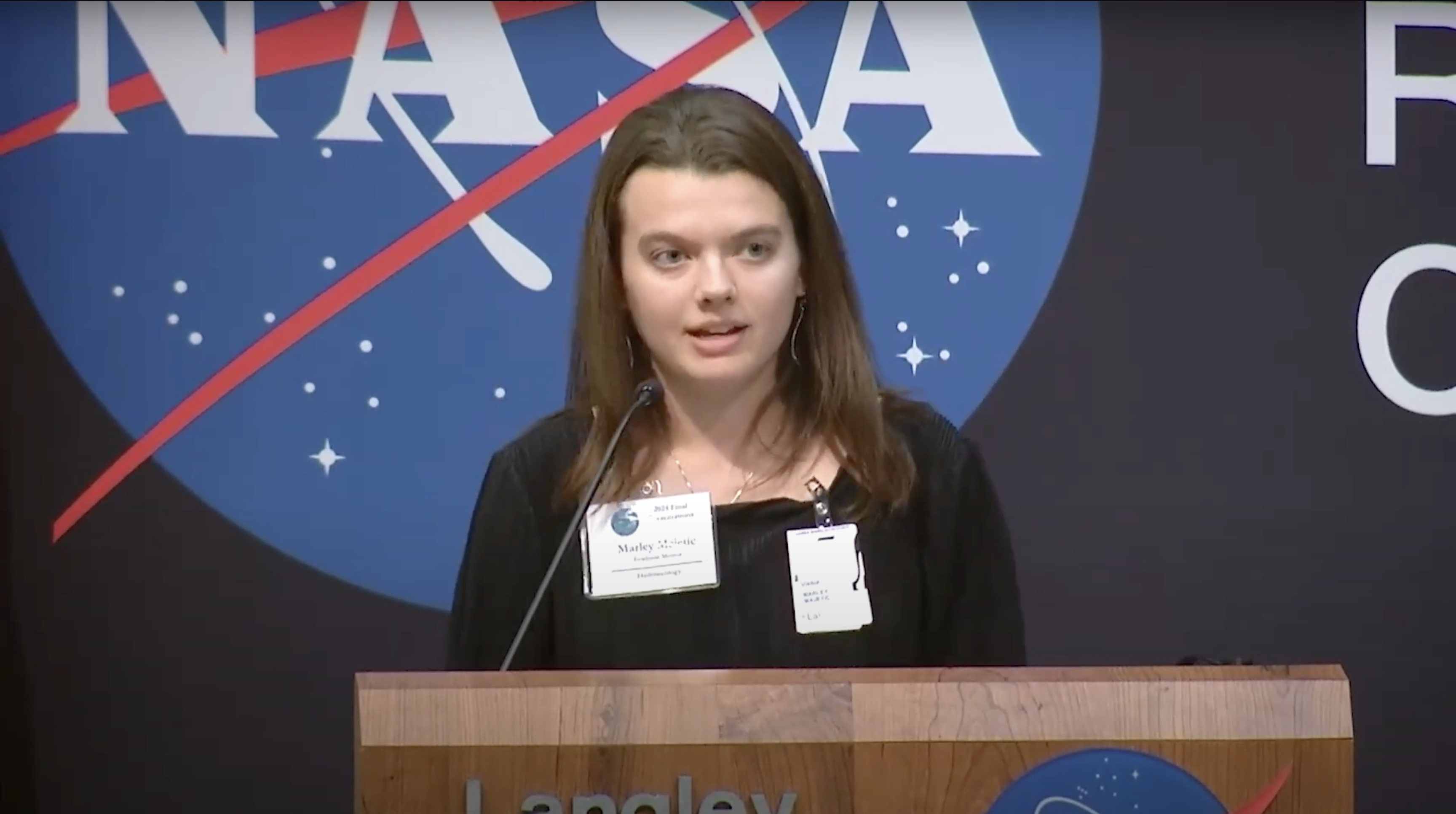The top 100 most polluted cities in the world are all in Asia. Severe air pollution persisted in major Indian cities, including New Delhi, and parts of Pakistan in November 2024. Local residents were advised to remain indoors and schools and outdoor construction work was suspended as a result of winter smog events.
But air pollution is nothing new in the world's most populated and built-up cities. And exposure to polluted air can happen anywhere: Whether a person is walking through a city full of factories, stuck in rush-hour traffic or in a rural area that relies on wood fires for heating.
Taking precautions to avoid poor quality air is, however, for many people in the worst-affected parts of the world, easier said than done.
What causes air pollution and how does it become smog?
Smog is a portmanteau of "smoke" and "fog". That should give you an indication of how this dirty, chemical haze arises.
It forms when ground-level pollutants, such as ozone, particulate matter, sulfates, nitrates and other toxic chemicals combine with fog under sunlight.
 India has clean air policies in place but some authorities "lack the will" to meet their own targets or the direction to decide which steps to prioritize, Rajib Dasgupta, a public health expert in New Delhi, told DW Image: Anushree Fadnavis/REUTERS
India has clean air policies in place but some authorities "lack the will" to meet their own targets or the direction to decide which steps to prioritize, Rajib Dasgupta, a public health expert in New Delhi, told DW Image: Anushree Fadnavis/REUTERSWhy are smog and air pollution dangerous?
Smog and pollution are dangerous because they are so easily inhaled.
Combustive processes — whether in an industrial factory, the engine of your car or the furnace of your home wood fire — release toxic gases into the atmosphere.
Often suspended within the smoke and gas are microscopic particles that result from complex chemical reactions between the substances that we burn.
Particulate matter is labelled by size. For example:
- PM10 for particles sized 2.5-10 micrometers
- PM2.5 for particles 2.5 micrometers or less
- PM0.1 for ultrafine particles of less than 100 nanometers
These particles are tiny. For comparison, a human red blood cell would fit within the size range for PM10 as they are about 6-8 micrometers in diameter.
Bacteria, such as disease-causing E.coli, are about 3 micrometers wide, so PM2.5 is even smaller than that.
As for ultrafine PM0.1, these particles are even smaller than the viruses that cause influenza and HIV.
It's because of their microscopic size that inhaling a lungful of these chemical particles — formed from toxic gases, heavy metals and volatile organic compounds — can be easily absorbed into the bloodstream, where they can cause long-term harm.
What are the effects of smog and air pollution on health?
Particulate matter and pollutant gas inhalation has long been associated with poor health and a range of diseases and disorders.
Short-term exposure can aggravate acute conditions, such as asthma and other respiratory problems and infections, and can impair lung function.
In the longer term, chronic conditions can occur, including cancer, strokes, heart and obstructive pulmonary diseases.
This can affect people of all ages, but children and individuals over the age of 65 years are particularly vulnerable.
In May 2024, a study of low emissions zones in Germany found children who were exposed to clean air from conception to their first year were less likely to need medication before the age of five.
"Being exposed to air pollution in this very early life period can have longer term effects as children grow older," said Hannah Klauber, the study's lead researcher.
 Chemical particles in smog and other forms of air pollution is easily inhaled once you're in the thick of itImage: Quratulain Asim/REUTERS
Chemical particles in smog and other forms of air pollution is easily inhaled once you're in the thick of itImage: Quratulain Asim/REUTERSPrevious studies have also shown that children who are exposed to pollution in early life perform less well at school, achieve lower test scores and, on average, earn a lower income as adults.
"We have seen in several studies that there are no safe levels of air pollutants," Klauber told DW. "There are basically no safe levels of particulate matter, so any increase in particulate matter leads to adverse health effects."
While Klauber's study focused only on Germany, Klauber said she would expect to find similar results elsewhere in the world as well.
How is air quality rated and why?
Air quality ratings are used to monitor the standard of air pollution in an area.
Such rating scales are usually developed by national governments, so standards can vary from country to country. But many are based on global recommendations from the World Health Organization.
 Residents in Chinese cities, such as here in Yinchuan, northern China, have battled air pollution and untold health risks for decadesImage: AFP/Getty Images
Residents in Chinese cities, such as here in Yinchuan, northern China, have battled air pollution and untold health risks for decadesImage: AFP/Getty ImagesSome countries and cities color-code their quality ratings. For example, in the US and India:
- Green is for good quality air
- Yellow is for moderate pollution
- Orange for is poor air quality
- Red is for very poor air quality
What can you do to protect yourself against smog?
There is little you can do to effectively protect yourself against smog if you're in a situation where you cannot avoid it.
But in some high pollution cities, like New Delhi and Lahore, authorities impose restrictions on outdoor activities. That includes school closures, limits on driving cars and other vehicles, and suspensions of outdoor work.
Cities prone to smog and high air pollution may also advise residents to use filtration mechanisms where possible, and reduce physical exertion.
India's capital chokes as air pollution soars
Do school closures help reduce air pollution?
No, not according to Rajib Dasgupta, a professor of public health at New Delhi's Jawaharlal Nehru University. Dasgupta told DW that restrictions on outdoor activities or school closures were only stopgaps.
"It's something you can't really handle through personal or household-level interventions. It's something that has to involve state action, and very large multi-sectoral action," Dasgupta said.
Actions are being taken across the globe to impose stricter limits on air pollution. The European Union agreed new standards in June 2024 and in Asia efforts to reduce air pollution are also underway in some of the worst affected places, such as Beijing, China.
Beijing authorities introduced a plan to electrify public transport services in 2013. That has seen some significant reductions in smog and pollution, but their levels are still above government and global air quality recommendations.
India has also enacted new clean air policies, but Dasgupta criticized a lack of progress: "States don't seem to be able to get their acts together, and it's not due to a lack of money, but a lack of will."
Edited by: Zulfikar Abbany
Select sources:
WHO Global Air Quality Guidelines (2021) https://iris.who.int/handle/10665/345329
Study: Killing Prescriptions Softly, published by Klauber, Hannah, Felix Holub, Nicolas Koch, Nico Pestel, Nolan Ritter, and Alexander Rohlf in the American Economic Journal, Economic Policy (2024) DOI: 10.1257/pol.20210729

 By Deutsche Welle (Science) | Created at 2024-11-22 16:14:20 | Updated at 2024-11-22 23:14:40
7 hours ago
By Deutsche Welle (Science) | Created at 2024-11-22 16:14:20 | Updated at 2024-11-22 23:14:40
7 hours ago








